Bay Leaf Plant
- March 28, 2024
- 0 comment
The Bay Leaf Plant (Laurus nobilis), is an aromatic evergreen shrub native to the Mediterranean region. Known for its glossy, dark green leaves, the plant is a staple in many gardens for both its culinary and ornamental value. These plants can grow into large shrubs or small trees, providing structure and greenery to the landscape throughout the year.
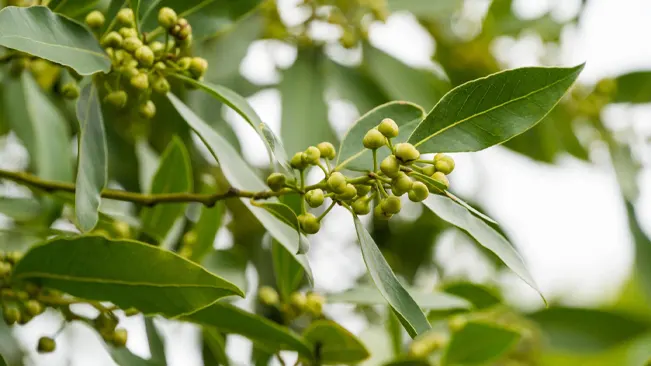
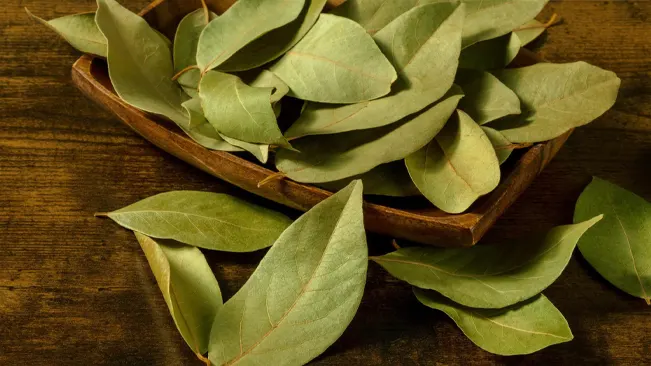
Bay Leaf Plant are prized for enriching soups, stews, and sauces with their complex flavor profile. Drying the leaves enhances their fragrance, combining floral notes with a hint of spice, infusing dishes with a distinctive, savory herbal essence. Beyond their kitchen use, Laurus nobilis boasts a history of medicinal applications, valued in contemporary and ancient practices for its range of health-promoting properties.
Characteristics of Bay Leaf Plant
| Characteristics | Description |
| Scientific Name | Laurus nobilis |
| Common Names | Bay leaf, sweet bay, true laurel, Grecian laurel |
| Family | Lauraceae Family |
| Native Region | Native to the Mediterranean region. |
| Plant Type | It is an evergreen tree or large shrub. |
| Size | Typically 10-30 feet tall; can reach up to 60 feet in native habitat. |
| Leaves | Leathery, glossy, dark green, oval-shaped leaves with a pungent aroma. |
| Flowers | Small, pale yellow-green flowers. |
| Propagation | Generally propagated through cuttings to maintain desirable traits. |
| Drought Tolerance | Moderate drought tolerance once established. |
| Cultural Uses | Widely used in cooking for flavoring and in traditional medicine for various remedies. |
| Ecological Role | Provides shelter and food for wildlife, supports biodiversity. |
| Notable Species | There are no subspecies, but Laurus nobilis is the notable species for bay leaves. |
| Hardiness Zones | Suitable for USDA hardiness zones 8 to 10 |
| Growth Rate | Slow to moderate growth rate. |
| Lifespan | Can live for several decades, with some specimens living for over a century in ideal conditions. |
Botanical Beauty of Bay Leaf Plant
Bay Leaf Plant stands out in any garden with its glossy, deep green leaves that emanate a rich, woody aroma when crushed. It can be pruned into a formal shape or allowed to grow freely, adding structure and year-round verdure to the landscape. In spring, clusters of small yellow flowers bloom, lending a subtle charm before giving way to dark berries.


Woodland Elegance
The Bay Leaf Plant exudes a quiet elegance, with its noble stature and evergreen leaves providing a serene backdrop to the understory. Its timeless grace is complemented by the dappled light filtering through its branches, creating a tapestry of light and shadow on the forest floor.
Ecological Importance
Bay Leaf Plant plays a crucial ecological role by providing shelter and food for a variety of wildlife, including birds and insects. The berries it produces are a source of nutrition for birds, while the dense foliage offers protection and nesting opportunities.
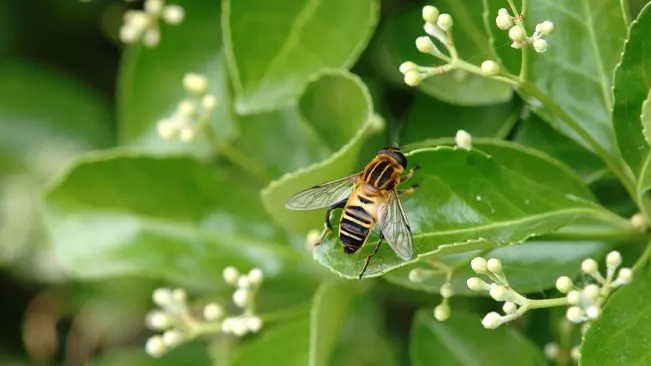
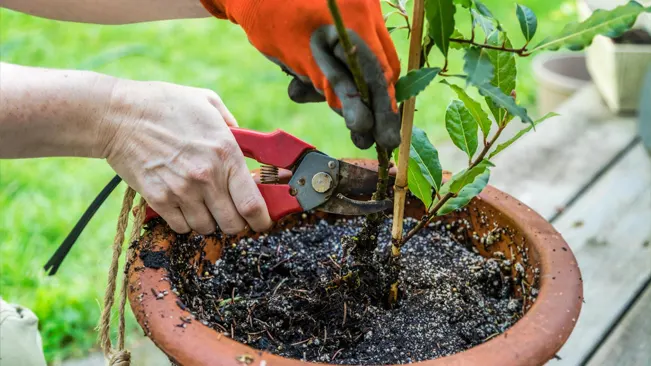
Cultivation and Conservation
The cultivation of Bay Leaf Plant for culinary and ornamental use supports the conservation of this valuable species, encouraging biodiversity in managed landscapes. By growing this plant, gardeners and farmers help to preserve the traditional uses and cultural heritage associated with this timeless herb.
Fragrance
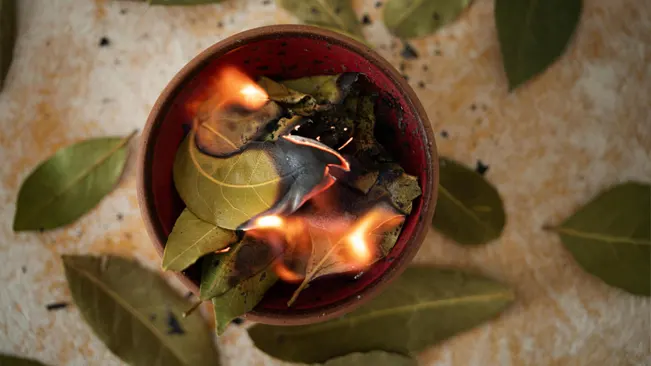
Bay leaf plant is renowned for its rich and aromatic fragrance, a composite of woody, floral, and slightly spicy notes that are released when the leaves are either crushed or heated. This distinctive scent is due to the presence of essential oils, such as cineole and eugenol, which are treasured in both culinary and aromatherapeutic applications. The aroma of bay leaves is subtle when they are fresh but intensifies dramatically as the leaves dry and the oils become more concentrated.
When the Bay leaf plant is in bloom, the air is filled with its delicate, sweet fragrance emanating from the small, yellow flowers that attract a host of pollinators. This pleasant scent adds a sensory delight to any garden or natural setting, blending harmoniously with the earthy smells of the outdoors. Even after the flowers have given way to the plant’s small purple-black berries, the leaves continue to exude their characteristic aroma throughout the year.
In home, dried bay leaves are often used to infuse a warm and comforting scent into various spaces, often included in potpourri mixes or released through simmering in water. The fragrance of bay leaves is also believed to have calming properties, providing a soothing ambiance that can aid in relaxation and stress reduction. Moreover, in some traditions, bay leaves are burned like incense, purifying the air with their spicy-smoke fragrance and reputedly bringing protection and prosperity.
Soil Stabilization
With its extensive root system, plays a role in soil stabilization, anchoring the soil and reducing erosion in the areas where it is planted. This is particularly beneficial on slopes or in areas where heavy rains may wash away the topsoil. The roots of bay leaf plant also help in maintaining soil structure, promoting aeration and water infiltration which is vital for the health of the soil ecosystem.
Mature bay leaf plants can become quite large, and their canopy helps to protect the soil beneath from the impact of rainfall, further preventing soil erosion. The fallen leaves and other plant debris contribute to the soil’s organic matter, improving soil fertility over time. This natural mulch also helps to retain soil moisture, which is especially beneficial during dry periods, supporting the plant’s moderate drought tolerance.
In cultivated gardens, bay leaf plant can be part of a sustainable landscaping approach, where it contributes to the overall stability and health of the soil. Planting bay leaf shrubs in conjunction with other plants can create a symbiotic environment where various root depths work together to hold soil in place. Moreover, the bay leaf plant’s perennial nature means that its soil-stabilizing benefits can be enjoyed year after year without the need for replanting.
Common Uses
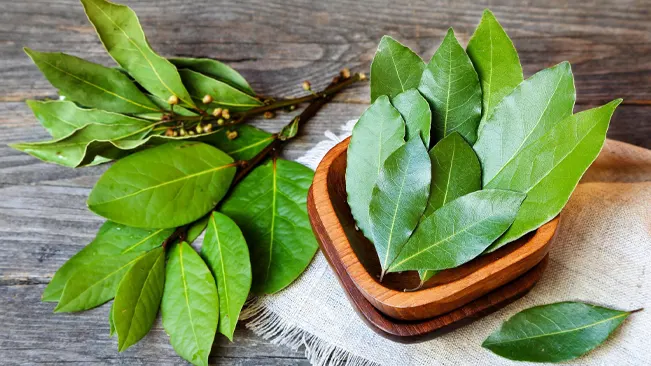
Bay leaves from the Laurus nobilis plant are a staple in many culinary traditions, frequently used to flavor soups, stews, braises, and marinades. The leaves are usually added whole to dishes and removed before serving, as they impart their flavor during the cooking process and are not meant to be eaten whole. Beyond savory dishes, bay leaves can also be found in some traditional sweet dishes, such as custards and rice puddings, where they provide a subtle depth of flavor.
Apart from cooking, bay leaves have been used historically in herbal medicine, attributed with various health benefits ranging from digestive aid to anti-inflammatory properties. The essential oils extracted from the leaves are utilized in aromatherapy and the manufacturing of perfumes, soaps, and lotions for their fragrance and purported skin benefits. In some cultures, bay leaves have a ceremonial significance and are used in wreaths to symbolize honor and achievement.
In the home garden, bay leaf plant is appreciated not just for its aromatic leaves but also for its ornamental value, often pruned into topiaries or hedges. The plant’s ability to thrive in a wide range of conditions makes it a popular choice for landscaping. Bay leaf branches and leaves are also used in decorations, particularly in wreaths and garlands, where they add both visual appeal and fragrance.
Benefits
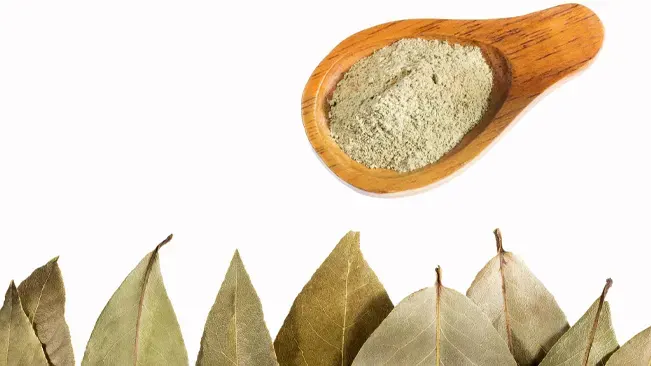
The benefits of the bay leaf plant extend beyond its culinary use; its leaves are rich in compounds with potential health benefits, such as antioxidants, which may protect against oxidative stress and inflammation. Consumption of bay leaves in cooking is linked to improved digestive health and has been traditionally used to relieve symptoms such as heartburn and flatulence. The essential oil of bay leaves, containing cineole, is also thought to have antimicrobial properties, making it a valuable ingredient in natural remedies.
The antioxidants present in bay leaves contribute to overall health by combating oxidative stress and supporting the immune system. Regular inclusion of bay leaves in the diet is also linked to improved insulin function, which can be beneficial for individuals managing diabetes. Moreover, the presence of bay leaf plants in a home garden can have psychological benefits, as the act of gardening itself is known to reduce stress.
Beyond personal health, the use of bay leaves in landscaping can enhance not only the beauty and diversity of garden ecosystems but also the health of other plants, acting as a natural insect repellent. Furthermore, the inclusion of Laurus nobilis in gardens supports ecological balance by providing habitat and food sources for wildlife, including birds and beneficial insects
Different Varieties of Bay Leaves
Umbellularia californica
(California Bay Leaf)
An aromatic, evergreen tree native to California. Its leaves, similar to Mediterranean bay leaves but more potent in flavor, are used in cooking. The tree features pointed, glossy leaves, small yellowish-green flowers, and produces olive-like fruits.
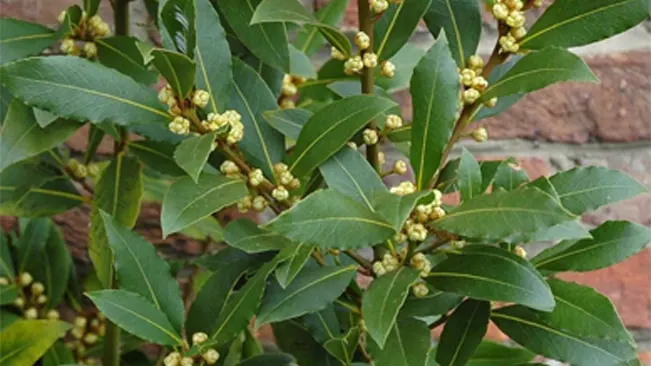
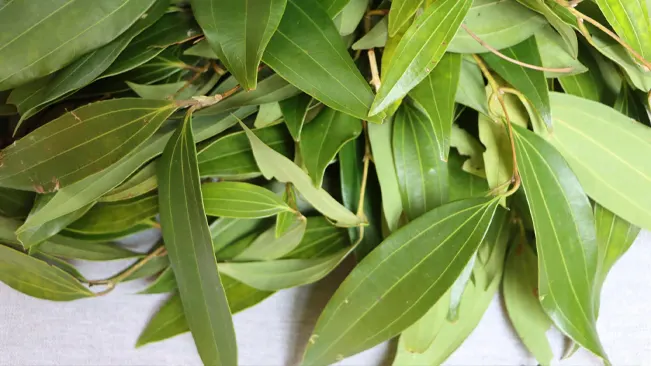
Cinnamomum tamala
(Indian Bay Leaf)
A key ingredient in Indian cuisine, Cinnamomum tamala, has elongated, olive-green leaves with a cinnamon-like aroma, often used in rice dishes, curries, and garam masala.
Syzygium polyanthum
(Indonesian Bay Leaf)
Known as ‘daun salam,’ these leaves are used in Indonesian cooking, providing a unique, clove-like flavor to stews and soups.
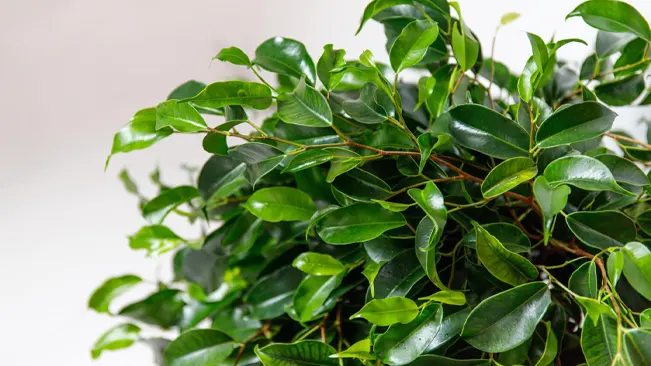

Laurus nobilis var. angustifolia
(Turkish Bay Leaf)
Similar to common bay leaf but with a distinctively strong and more pungent aroma, used in Turkish and Mediterranean cuisines for a depth of flavor.
Frequently Asked Questions (FAQs)
- What does bay leaf plant taste like?
Bay leaf Plant has a subtle, slightly floral and woody flavor, adding depth and complexity to dishes without overpowering other ingredients. - How do you store bay leaf plant?
Store dried bay leaves in an airtight container, away from light and heat, to preserve their aroma and flavor for longer. - Can you eat bay leaf plant?
Bay leaf plant are not typically eaten; they’re removed from dishes before serving, as they can be a choking hazard and are hard to digest. - What dishes use bay leaf plant?
Bay leaf plant are commonly used in soups, stews, sauces, and braises, and are integral in bouquet garni and various spice blends. - Are fresh bay leaf plant better than dried?
Fresh bay leaves have a milder flavor than dried; the choice depends on the desired intensity of flavor in the dish. - How long do bay leaf plant last?
Dried bay leaves can last up to two years if stored properly, but they lose potency over time. - Can bay leaves be used for medicinal purposes?
Traditionally, bay leaves have been used in herbal remedies for their anti-inflammatory and digestive properties. - How does bay leaf plant benefit health?
Bay leaves contain compounds that can aid in digestion, improve heart health, and possess anti-inflammatory and antimicrobial properties. - What’s the difference between bay leaves and laurel leaves?
Bay leaves are laurel leaves, coming from the Laurus nobilis tree; they are the same thing. - Can you grow bay leaf trees indoors?
Bay leaf trees can be grown indoors in pots, provided they have enough sunlight and well-draining soil.


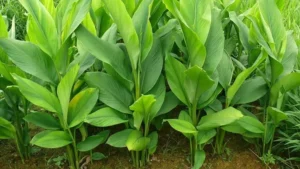

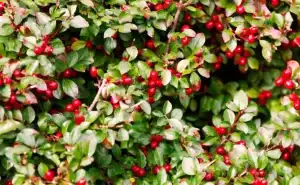


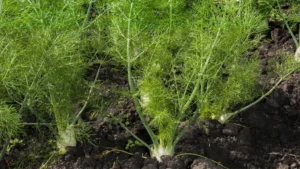


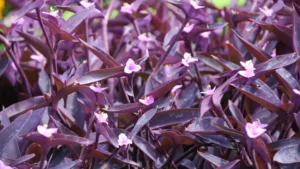
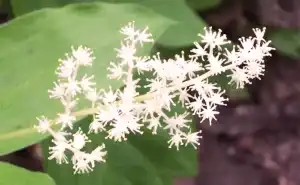
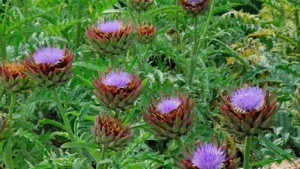
Leave your comment